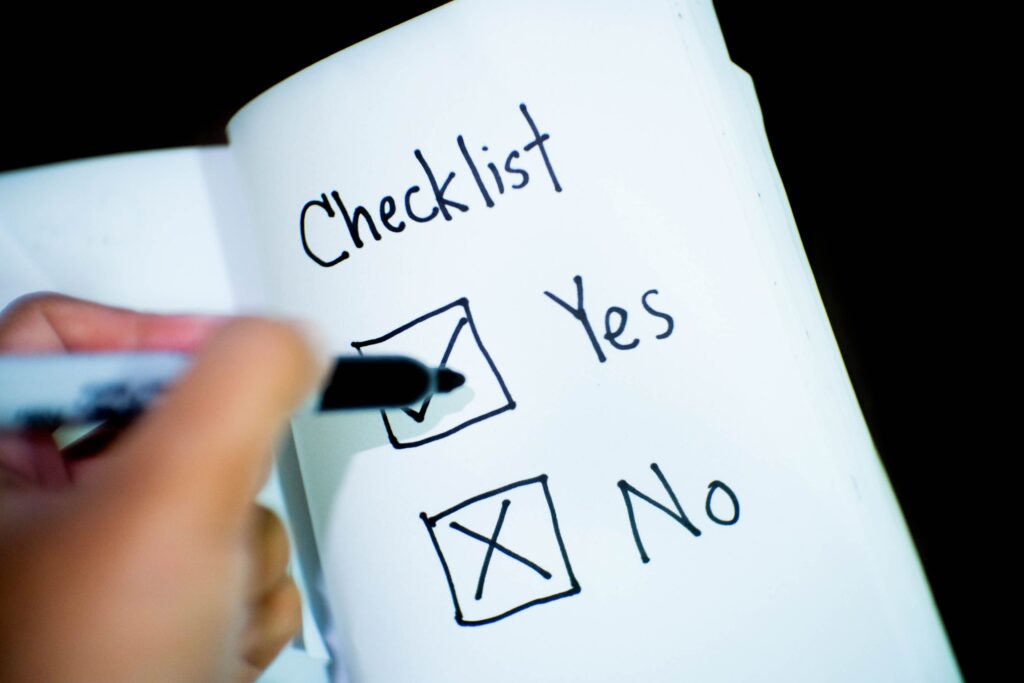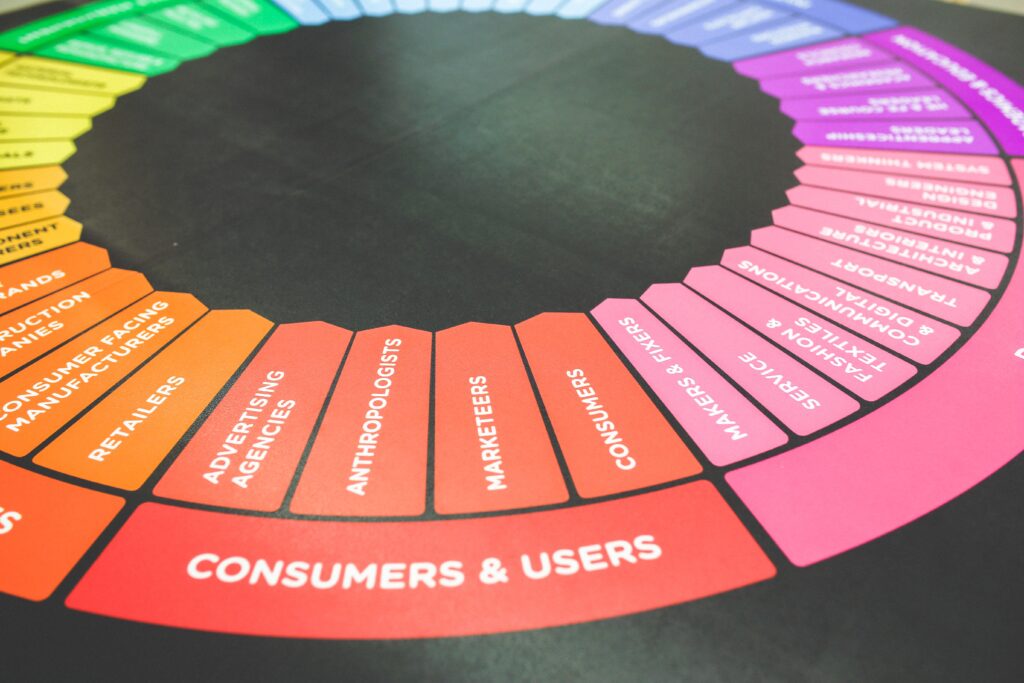Types of content for your audience

In our previous blogpost, we looked at the 4 types of content that are essential to your content marketing plan. Each type has its own uses, formats of content, and platforms. In this blogpost, we are going to explore how to figure out who your target audience is and what type of content would work best based on the platforms they use.
Who is your target audience?

Your target audience is a very important part of your content strategy. Creating compelling content is one part, but who are you creating this content for? Under the 4 types of content that we explored, each type has its own audience. However, how you determine that also depends on your brand, products, and/or services.
For example, a skincare product/brand that sends its products to a social media influencer is a form of paid content. They are sending their products as a form of sponsorship, and the social media influencer is talking about their brand. But they talk about the brand on social media, making it shared content. The brand also created this content through a relationship, making it earned content.
However, at the end of it all, the goal was to reach out to the same age demographic as the followers of the influencer to increase sales. Therefore, the route of the type of content you take is important, but identifying your goals and target audience is even more important.
How do I identify my target audience?
Understand your current audience

Your target audience is the intended group of people that your content is aimed at. The best starting point to figuring out who your target audience is, is your current audience. Take the time out to analyze your current customers, who they are, and why are they still around. You could also create a survey to find answers to what content, product, and/or service is making them stick around or what they would like to see.
Understand age demographics on different platforms

If you are a brand looking to establish yourself across platforms, identify the age demographic for each platform. This will help you further understand the type of content an age group likes consuming. As a result, you will be able to create content that is relatable to that age group.
A good example of content catering to the right audience is Microsoft’s social media accounts. They use their Twitter account to engage with the working crowd facing technical issues that we all face during this work from home phase, making their content relatable. They also use Instagram to share relatable scenarios, throwback pictures of Solitaire or Microsoft tools, with a pinch of humour. This makes them relatable to the largest age group on the platform – 25 to 34.
What does your target audience want?

You have a solution. Great! You need to figure out if that is what your target audience wants, and what their pain point is currently. What are you doing to make it easier for them? Such solutions can usually be presented in the form of content marketing using owned media. You would write blogs, post customer testimonials, share emails, and host webinars to present your solution to this target audience.
Use a holistic approach

Your audience is everywhere. You want to create content that is on every platform, but consistent. You could be reaching different people who are able to make decisions along the sales funnel. For example, share your company blog on LinkedIn. You are overlapping owned and shared media to reach out to a wider audience.
If you are looking to get a piece of news published on news platforms, identify publications that your target audience will be reading. For example, if you are a technology company focusing on Internet of Things (IoT) services in North America, you want to target B2B technology publications and a few financial publications. This way you are targeting potential customers and perhaps investors or other people along the sales funnel.
Keep it simple, maintain a niche

Remember, however, to ensure that you are not reaching out to a broad audience. Make sure you are targeting a niche. You want to ensure that your product or service is being purchased. It is always best practice to check in on your current customers and ensure that they are happy. If there are any pain points, you want to identify them early on and address them. You may be growing your audience slowly but you are ensuring brand loyalty.